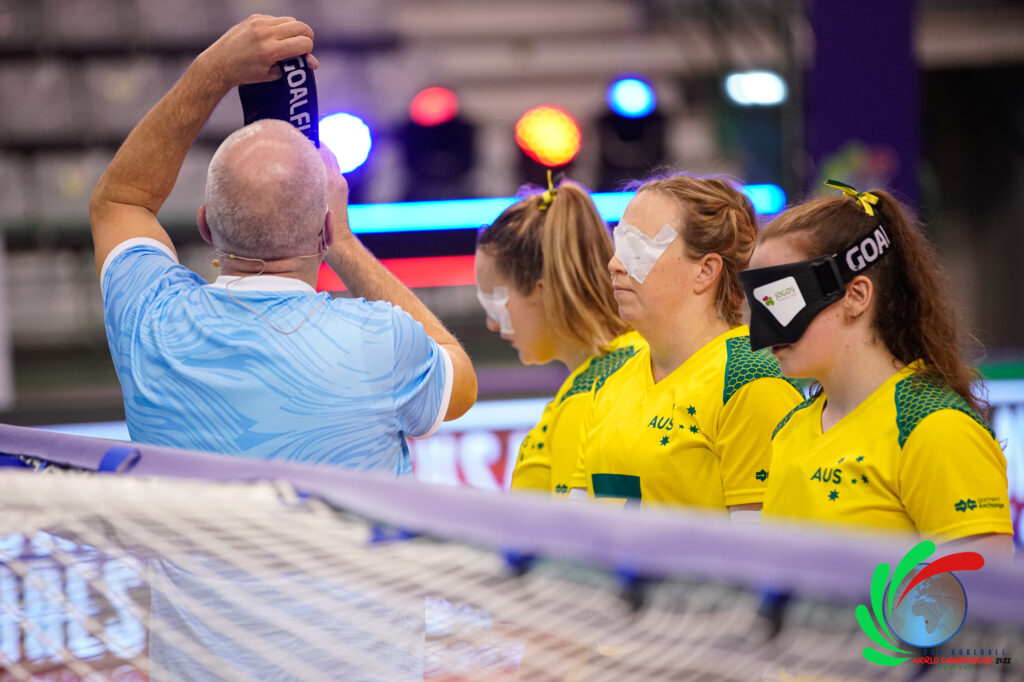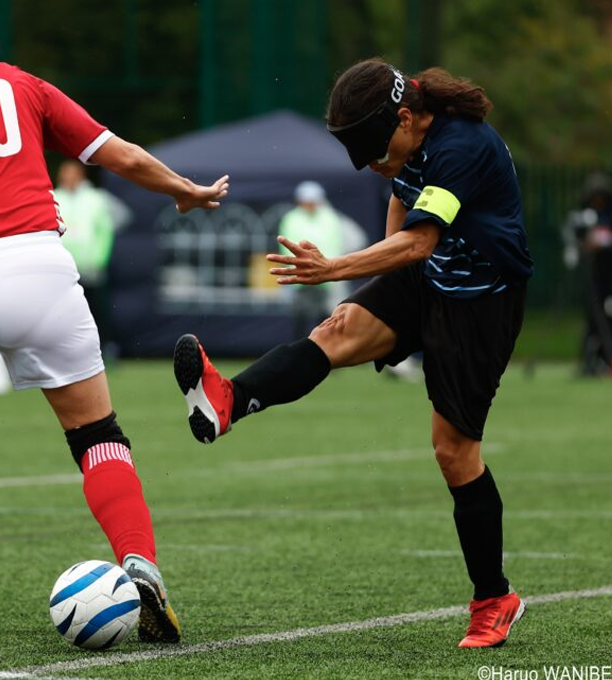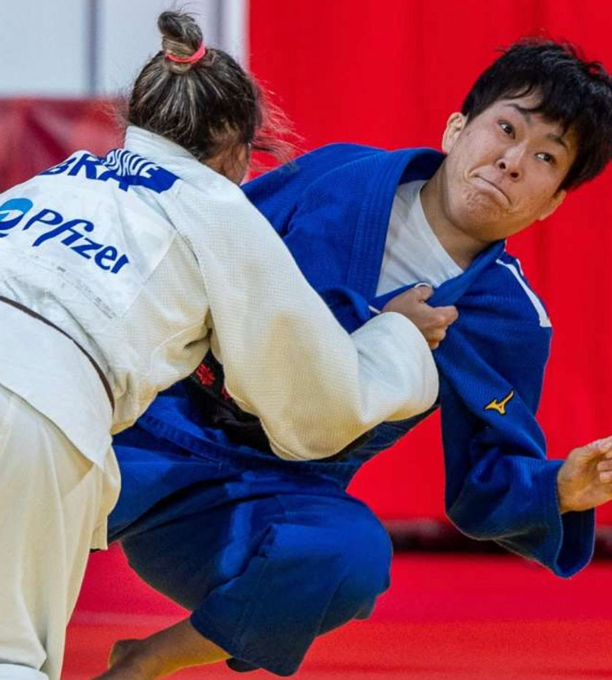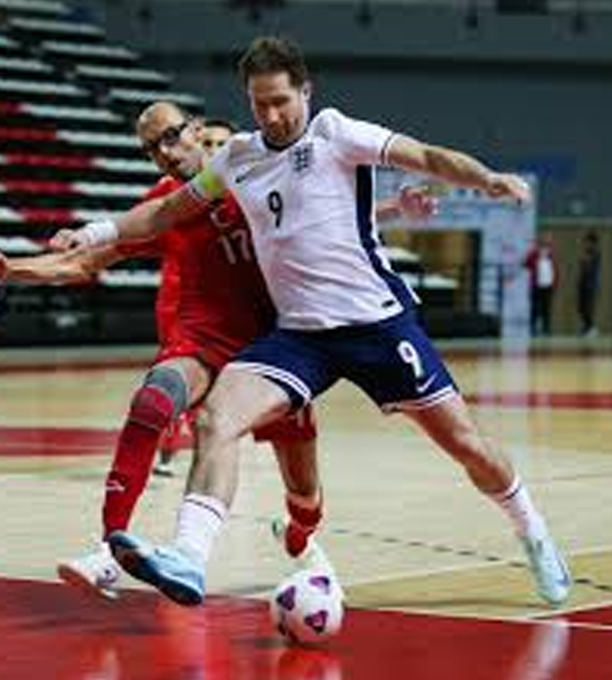For athletes and teams
Prior to competing in an IBSA-sanctioned competition all athletes must undergo classification, carried out by an international classification panel.
If you are an athlete, the IBSA member organisation in your country is responsible for arranging classification for you and ensuring that the relevant and correct information is provided to classifiers.
This process is in line with the IBSA Classification Rules.
Read More →More information about classification, and the official processes, can be found by downloading the IBSA Classification Manual for Members.

Classification Review Requests
A Medical Review Request must be made if a change in the nature or degree of an Athlete’s Impairment results in an improvement or a decrease in the Athlete’s ability...
The Medical Review must be made by the IBSA Member with a €100 fee and supporting documentation. Check out the form here.
The Heads of classification will review and accept or reject. Review can take up to 2 months.

Classification generally takes place before your first event gets underway at a competition. There will be a dedicated room or venue for it. If you need to perform tests, there will be equipment provided.
You are allowed to have one person with you during your classification session. That person must know about your impairment and sport performance. You are also welcome to provide your own translator.
You will be asked to bring a form of identification (e.g. your passport) and to sign a form which gives your permission to be classified.
During the classification appointment you should expect to be asked lots of questions and take part in a series of tests in front of a panel of classifiers. These will include things like visual acuity and/or visual field tests.
The classifiers will also have your medical documentation which they will have reviewed before they see you. The classifiers may take photos or videos of you for education purposes.
A group of classifiers is known as a ‘panel’.
As an athlete it is your responsibility to ensure you are honest with classifiers and complete each test to the best of your ability.
As well as a classification status, athletes will also receive a sport class after they have been classified if you meet the minimum impairment criteria.
For IBSA sports, this will currently either be B1, B2 or B3 for all IBSA sports except judo. Some sports cater for all three classes, others one or two. Judo has two sport classes – J1 and J2.
- B1 – very low visual acuity and/or no light perception.
- B2 – higher visual acuity than B1 or visual field < 5°.
- B3 – highest visual acuity eligible or field < 20°.
More information: IBSA Judo website / sports page
After you are classified you will generally be given one of four sport class statuses – Confirmed, Review, Review with a year or Not-Eligible.
Confirmed: permanent, unchangeable condition. No re-classification required.
Review: condition may change, will be reclassified again.
Review with year: future year when classification will be reviewed (e.g. Review 2025).
Not-Eligible: does not meet the minimum impairment criteria.
A second panel review can be requested. If denied again, the decision is final.
More: IBSA Classification Rules







